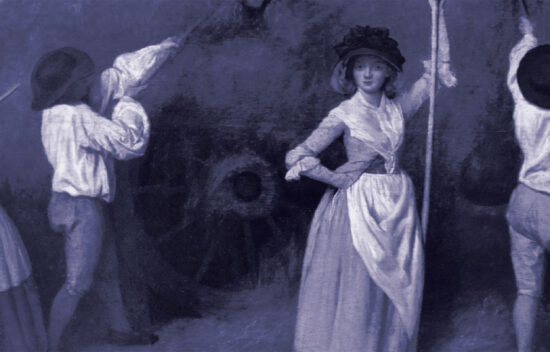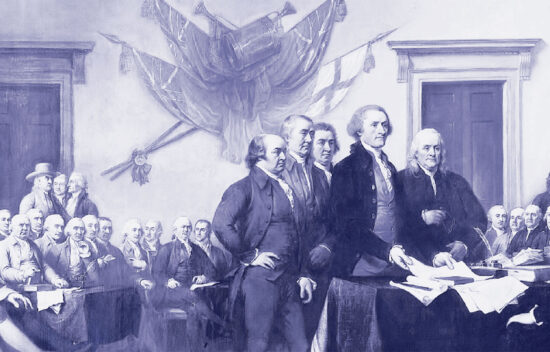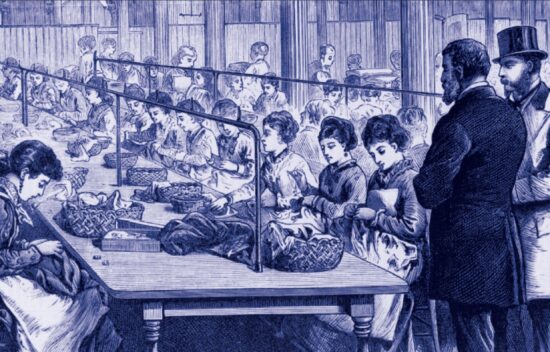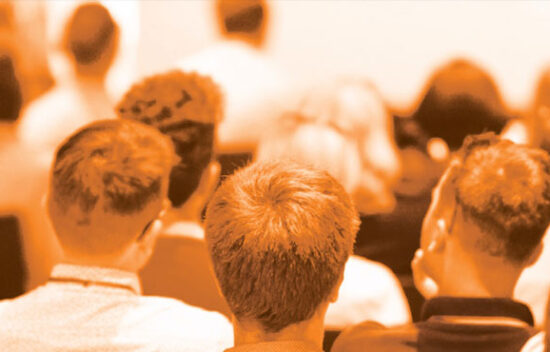
Votes for Women
8 Lessons8 Lessons
 Lesson
LessonRights, Equality, and Citizenship
In this lesson, students will examine the idea of natural rights and equality as expressed in the Declaration of Independence. They will delve into the relationship between liberty and equality and examine the interplay of these two principles with respect to the idea of change within the United States constitutional order.
 Lesson
LessonWomen in Early America (1600-1800)
In this lesson, students will examine the role of citizens in colonial America and in the early republic, assessing their liberty and equality during this period. They will also examine the purpose of voting and its role within civil society.
 Lesson
LessonA Movement Arises (1800-1860)
In this lesson, students will trace the growing public voice of women in American society through various reform movements as well as organized women’s rights movements in antebellum America. Students will analyze the writings of men and women central to the rise of the women’s rights movement and analyze the contributions of several leading figures in the movement.
 Lesson
LessonShall Women Have the Right to Vote? (1866-1890)
In this lesson, students will examine the growth of the women’s suffrage movement after the Civil War and analyze the ways the Constitution and the Bill of Rights empower all individuals to express their political voices.
 Lesson
LessonThe Movement Unites (1890-1920)
In this lesson, students will examine the impact of the passage of the Nineteenth Amendment and assess the connection between suffrage, citizenship, and public life. Students will also examine how people applied or failed to apply constitutional principles and civic virtues in the women’s suffrage movement.
 Lesson
LessonWomen in the Political World Today
In this lesson, students will discuss the impact of the Nineteenth Amendment on American Society and understand the variety of issues of concern for women today. Students will evaluate trends in reform movements towards equality in the twentieth century.
 Lesson
LessonCapstone Project A: Community Project
In this capstone project, students apply the lessons of the suffrage movement to address an an important issue in their lives. The project guides students through a brainstorming, design, and implementation process for achieving change in their own communities. Students will produce a portfolio to document their implementation of their plan.
 Lesson
LessonCapstone Project B: Building a Website or Hosting a Community Education Event
In this capstone project, students use the lessons of the suffrage movement to develop a website, event, or other activity that provides members of their community the opportunity to better understand the movement for suffrage and the impact of women in public life in their local communities.